How to Power Float Concrete: A Step-by-Step Guide
Power floating is an essential process in concrete finishing that involves the use of specialized tools and equipment to achieve a smooth, level surface. It is a critical step in the construction process that ensures the concrete is structurally sound, visually appealing, and durable. This process involves several steps, including preparing the concrete surface, gathering the necessary tools and equipment, and following a step-by-step process of power floating.
Additionally, proper curing and maintenance are crucial for achieving the desired result. Power floating is commonly used in large-scale construction projects such as industrial and commercial buildings, but can also be used for residential projects.
Explanation of power floating concrete
Power floating is a finishing technique used on fresh concrete surfaces to smooth and compact them. It involves the use of a machine equipped with rotating blades that smooth the surface and apply pressure to the concrete. Power floating is typically done after screeding and before the concrete has fully cured.
Importance of power floating concrete
- Power floating is an important step in the concrete finishing process as it helps to improve the durability and longevity of the concrete surface.
- By compacting and smoothing the surface, power floating can help to reduce surface imperfections, such as cracks and air pockets, that can weaken the surface over time.
- Power floating helps to create a more aesthetically pleasing finish by giving the surface a uniform texture and shine.
Contents
Preparing to Power Float Concrete
Gathering Necessary Tools and Equipment
- Power float machine.
- Bull float, fresno trowel & magnesium float.
- Steel Trowel & Edging tools.
- Safety gear including safety helmets, gloves, glasses, and shoes.
- Measuring tools such as a moisture meter and a hardness tester.
Checking Concrete Hardness and Moisture
- Allow the concrete to cure for at least 24-48 hours.
- Check the hardness with a handheld concrete tester.
- Use a moisture meter to ensure the concrete is not too wet or dry.
Ensuring Safety Precautions are in Place
- Clear the work area of any debris or obstacles
- Wear appropriate safety gears.
- Keep the power float machine away from any electrical wires or water sources
- Have a first aid kit and fire extinguisher on hand.
How to Power Float Concrete
Step-by-step process of power floating concrete
Power floating concrete is done in four steps using different tools and equipment.
Step 1: Begin with a bull float: Start by using a bull float to level the concrete surface. A bull float is a large, flat tool made of aluminum or magnesium that is used to spread and level concrete. It is important to begin floating as soon as possible after the concrete has been placed to avoid drying out or cracking.
Step 2: Use a fresno trowel to create a smoother surface: After using the bull float, the next step is to use a fresno trowel. This is a large, flat trowel that is used to smooth the surface of the concrete. It is moved back and forth across the surface of the concrete to flatten and level it.
Step 3: Apply a magnesium float for finer finishing: The third step is to use a magnesium float. This tool is used to further refine the surface of the concrete, giving it a smoother finish. It is important to apply the magnesium float after the concrete has begun to set, but before it has completely hardened.
Step 4: Finish with a steel trowel for a smooth surface: The final step is to use a steel trowel. This is used to give the concrete a final, smooth finish. It is important to use the steel trowel when the concrete is just beginning to harden. If the concrete has already hardened too much, it will be difficult to achieve a smooth finish.
Tips for achieving a perfect finish
There are some useful tips that can help in achieving a perfect finish while power floating concrete.
- To achieve a uniform finish, it is recommended to work in small sections and complete each section before moving onto the next one: This will help to ensure that the finish is consistent throughout the entire surface. Working in small sections also makes it easier to control the amount of pressure being applied to the concrete, which is crucial for achieving a uniform finish.
- It is important to keep the trowel blades clean to avoid leaving unwanted marks on the surface: Any debris, such as small rocks or aggregate, can scratch or gouge the surface if it is caught between the trowel blade and the concrete. Keeping the trowel blades clean will prevent this from happening and help to achieve a smoother finish.
- Overworking the concrete can lead to a weakened surface and reduced durability. Therefore, it is important to stop power floating once the desired finish has been achieved. Power floating for too long can cause the concrete to become overworked and reduce its strength and durability. Knowing when to stop power floating is important to ensure that the concrete surface maintains its integrity and durability.
Curing and Maintenance
Importance of Proper Curing for power-floated concrete
- Prevents cracking and surface damage.
- Helps concrete reach maximum strength and durability.
- Improves overall appearance.
How to Cure Power-Floated Concrete
- Keep the surface moist for at least 7 days.
- Cover with plastic sheeting or use a curing compound.
- Avoid exposing to extreme temperatures or direct sunlight.
Maintenance Tips for Power-Floated Concrete
- Clean regularly to prevent dirt and debris buildup at the top surface of concrete.
- Avoid using harsh chemicals or pressure washing.
- Seal the surface after every 2-3 years to maintain durability and appearance.
Conclusion
In conclusion, power floating concrete is an essential step in achieving a smooth and level surface for floors and pavements. It involves a step-by-step process using various tools and equipment, starting with a bull float and ending with a steel trowel for a perfect finish. It is crucial to ensure that safety precautions are in place, such as wearing personal protective equipments and avoiding overworking the concrete.
Additionally, proper curing and maintenance are essential to ensure the durability and longevity of the power-floated surface. Following these guidelines and tips can help achieve a flawless power-floated concrete surface.
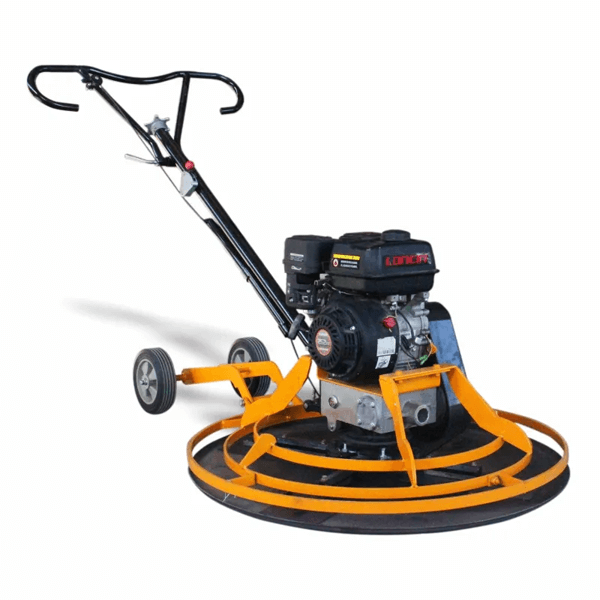
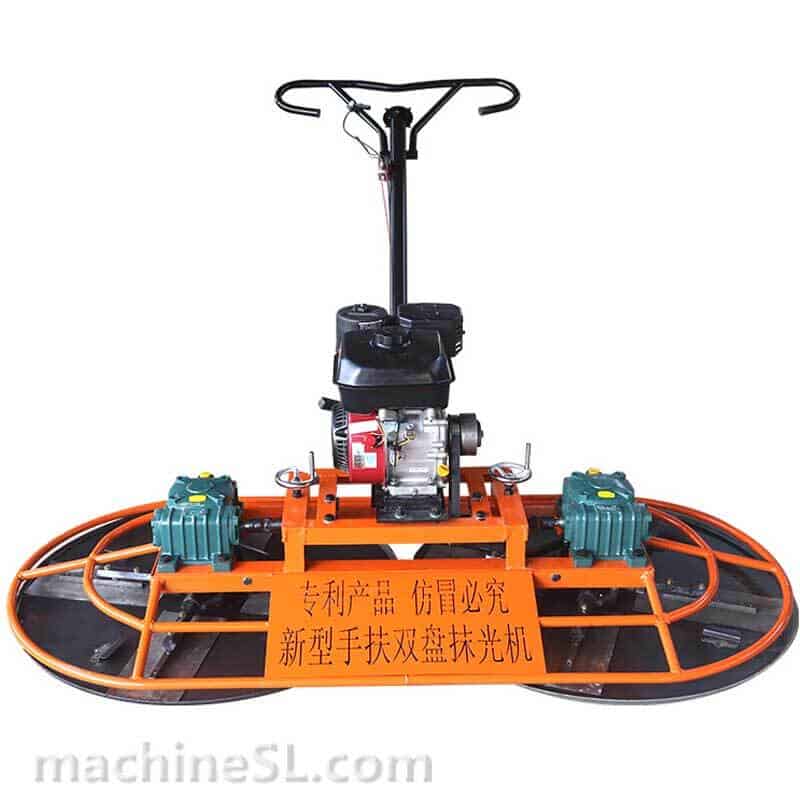
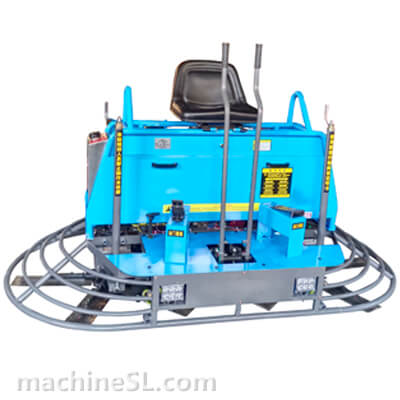
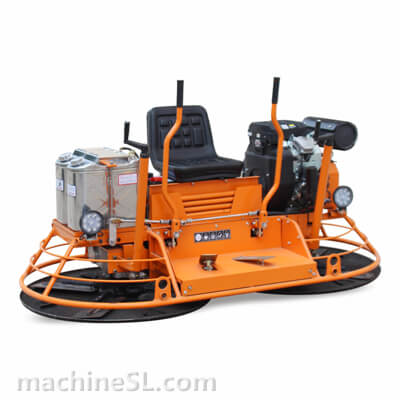
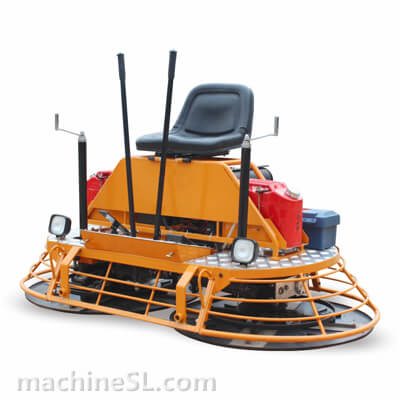
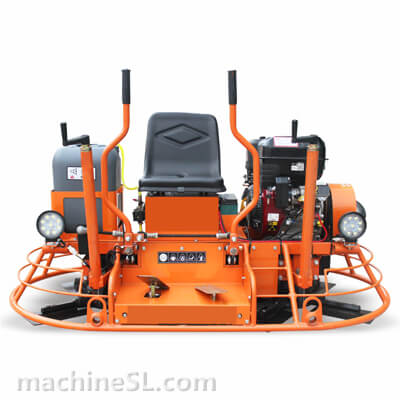
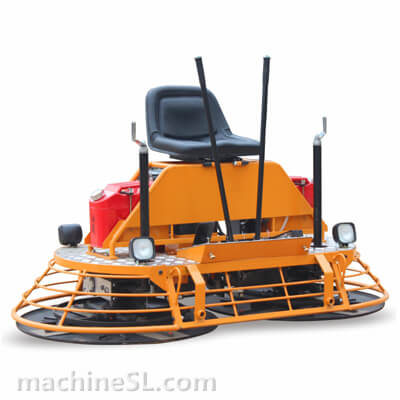
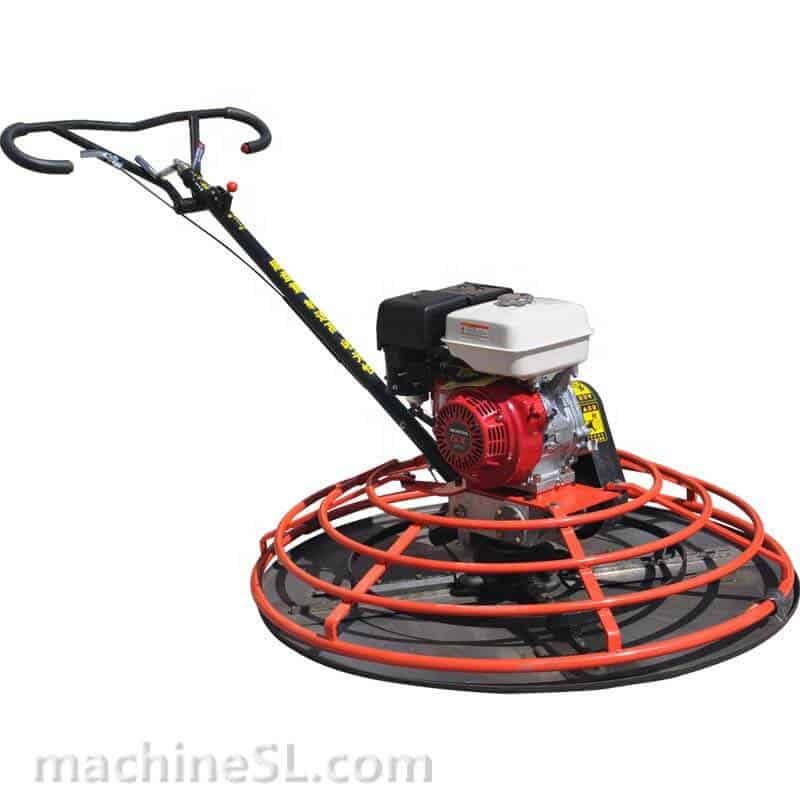
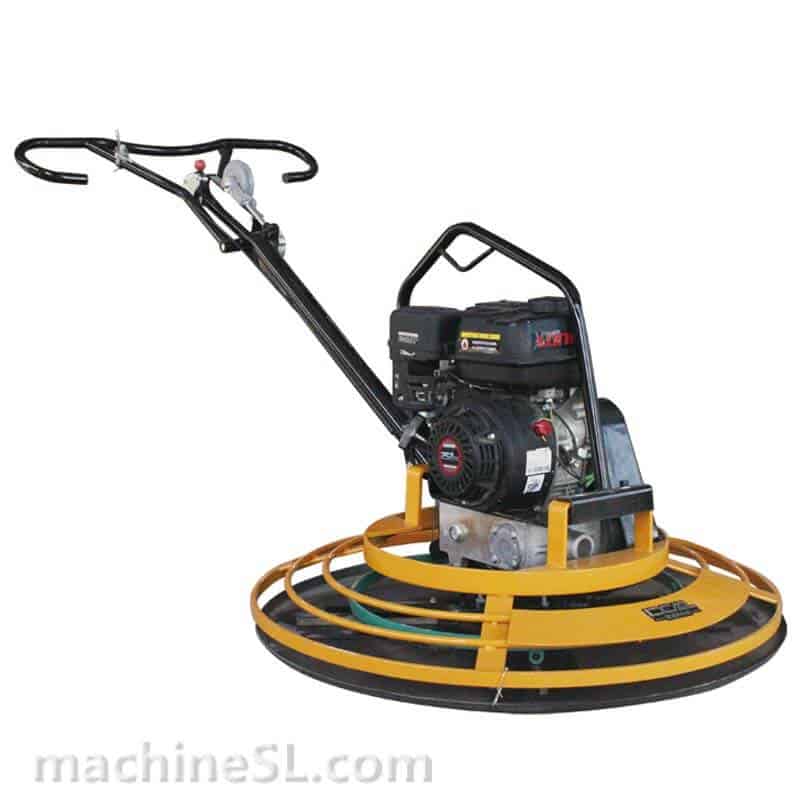
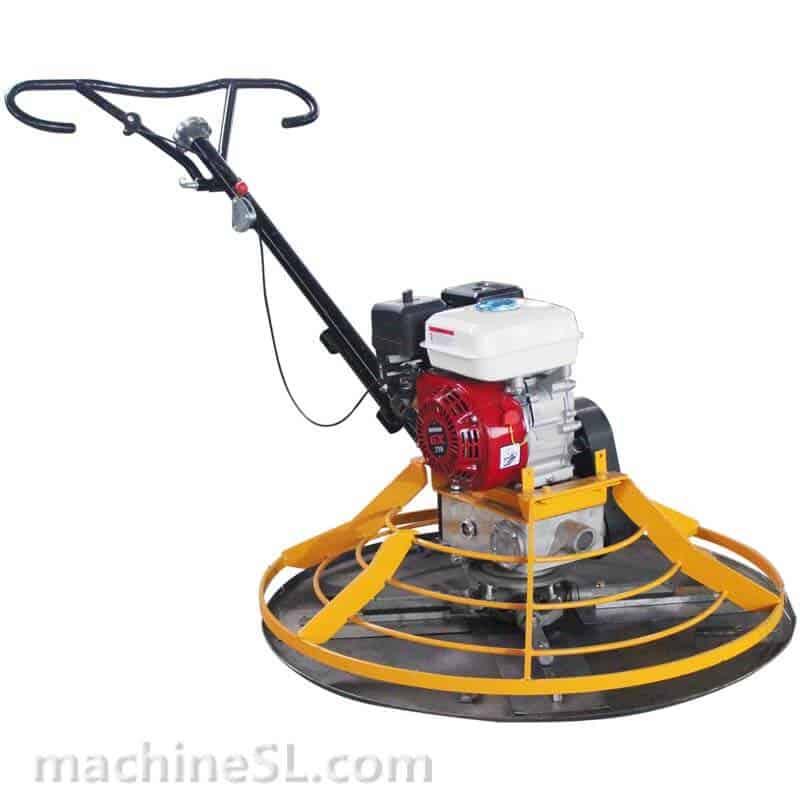
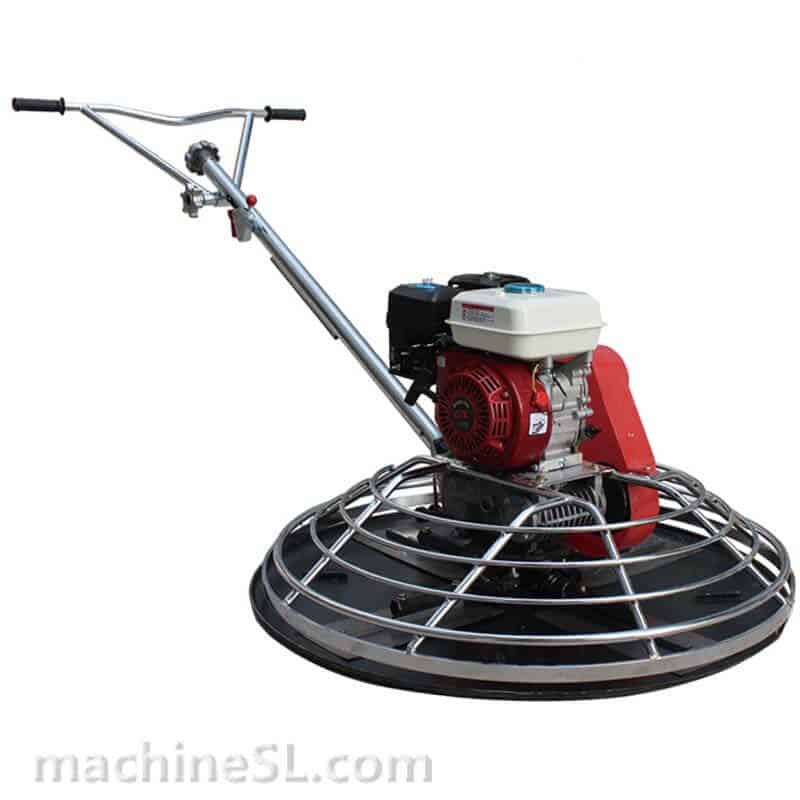
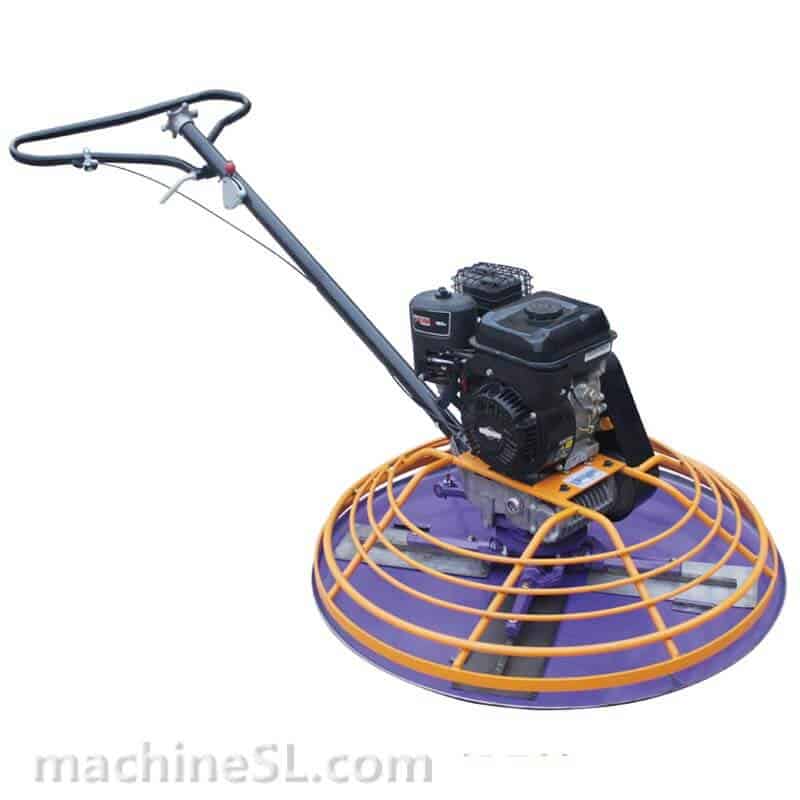
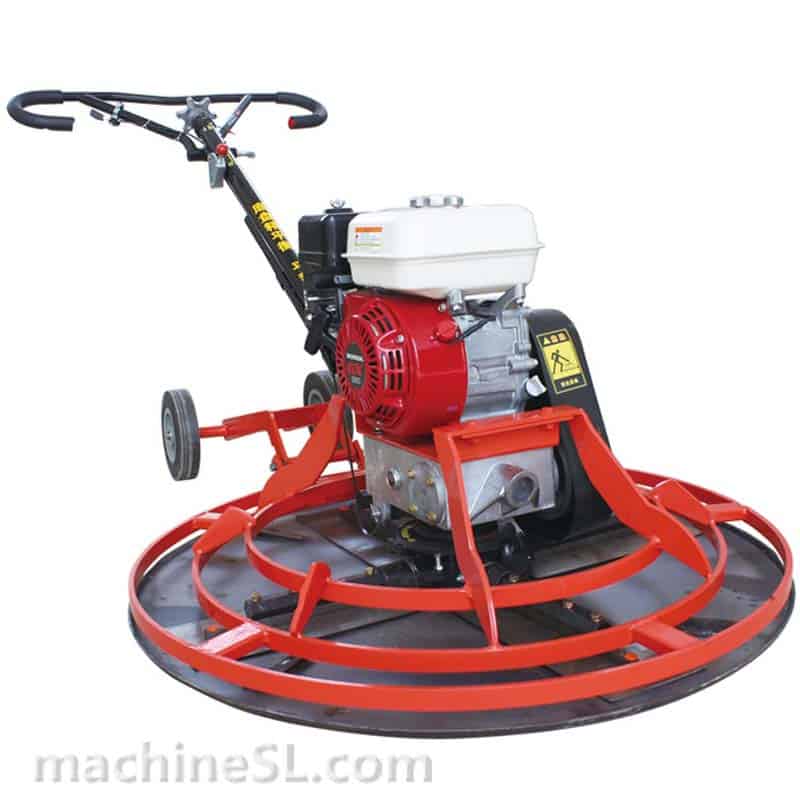
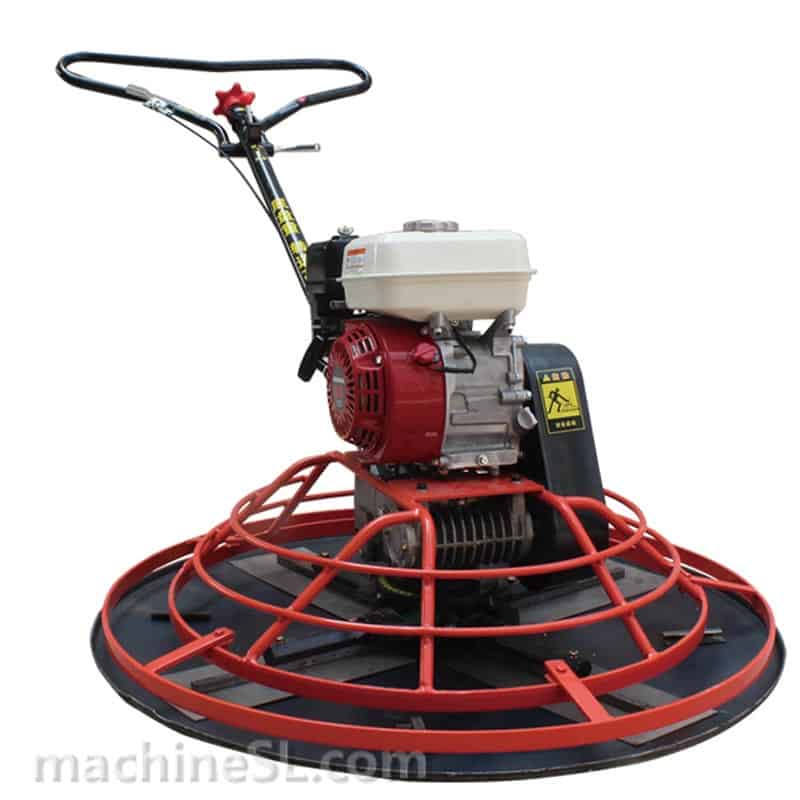
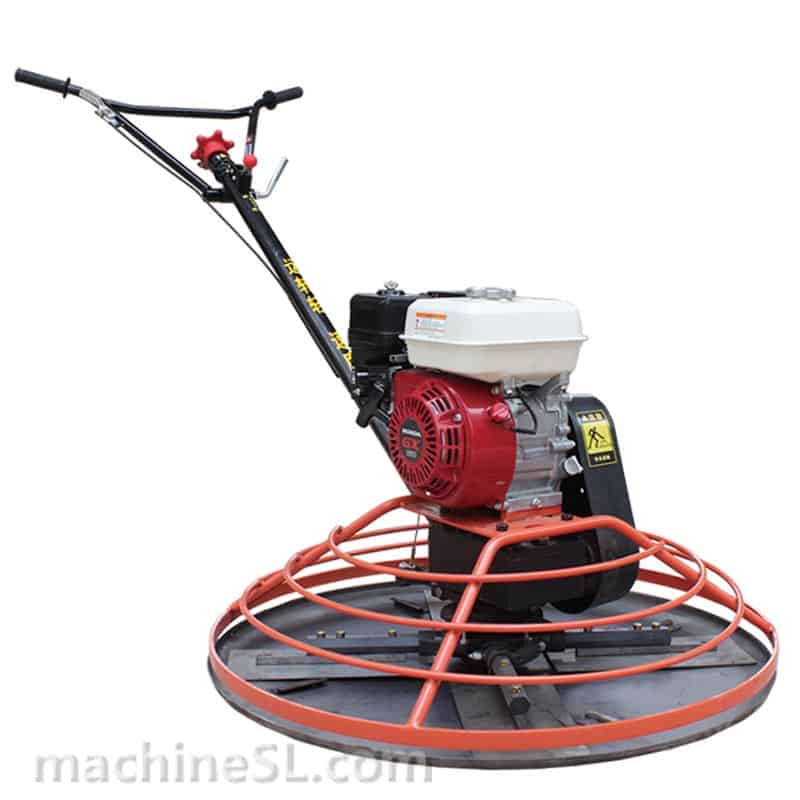
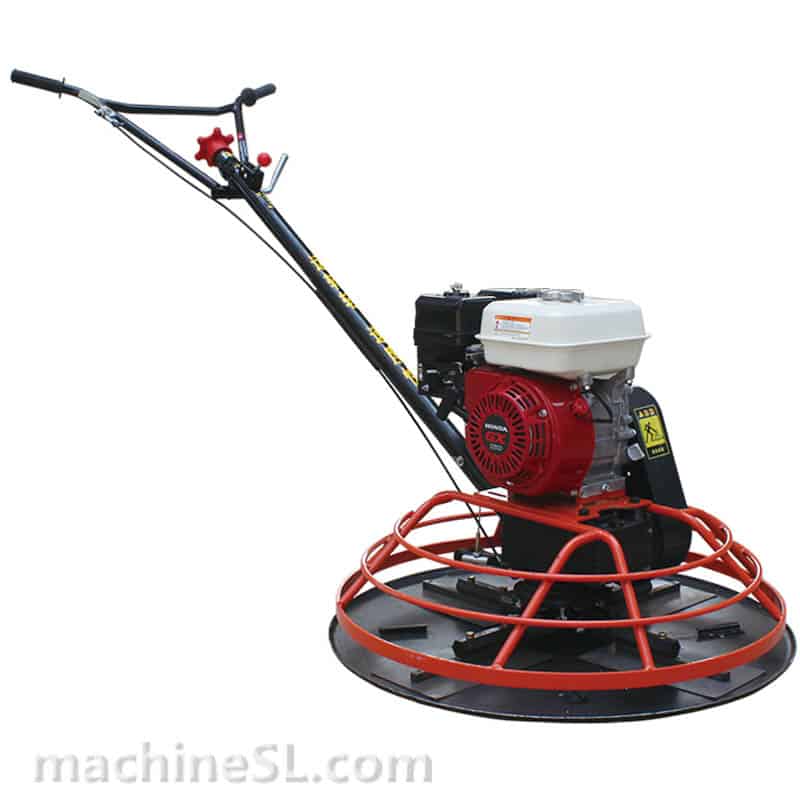
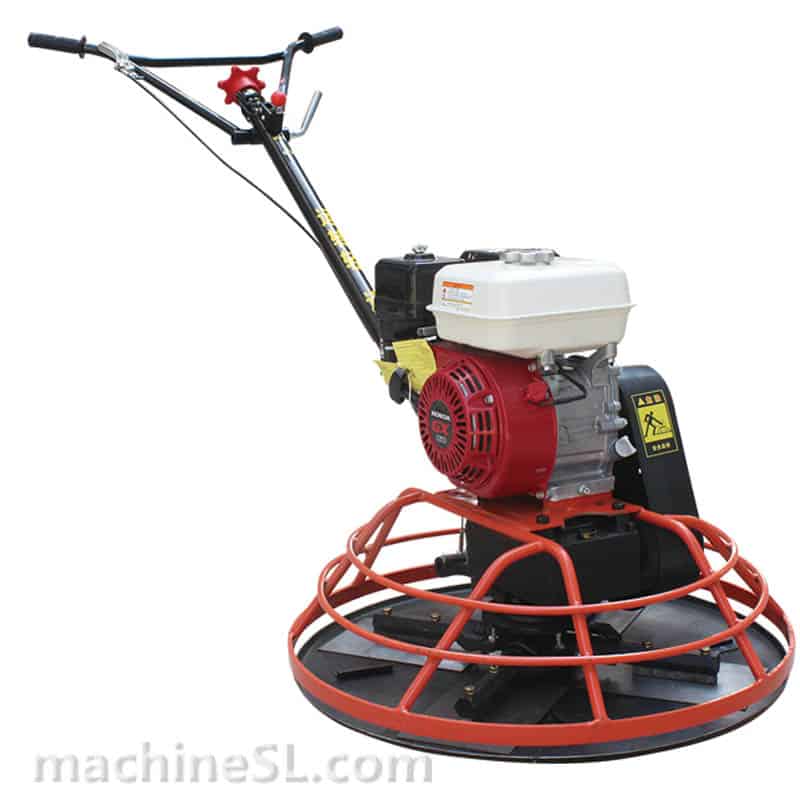
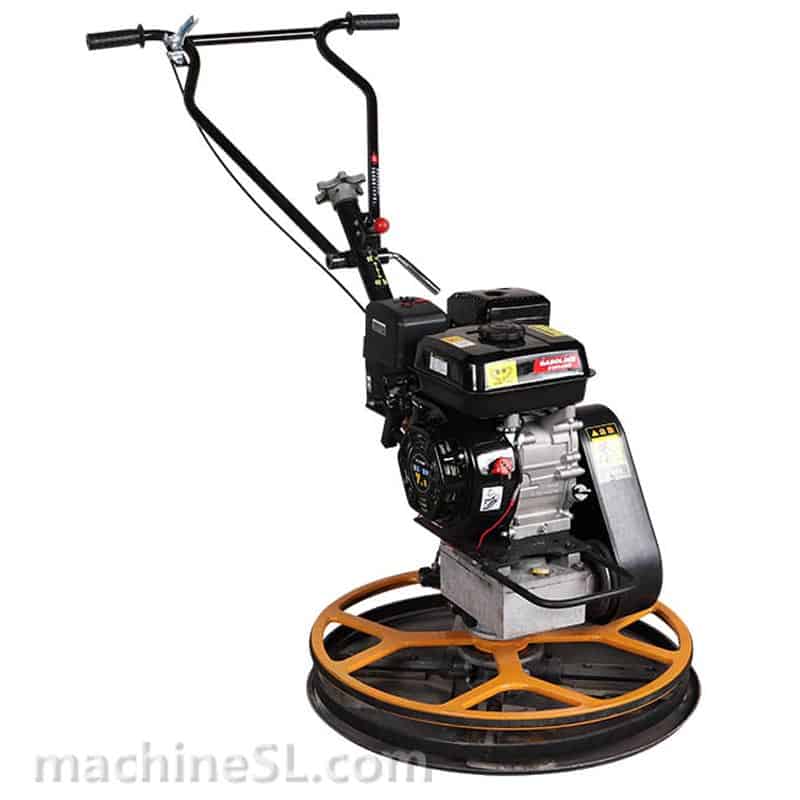
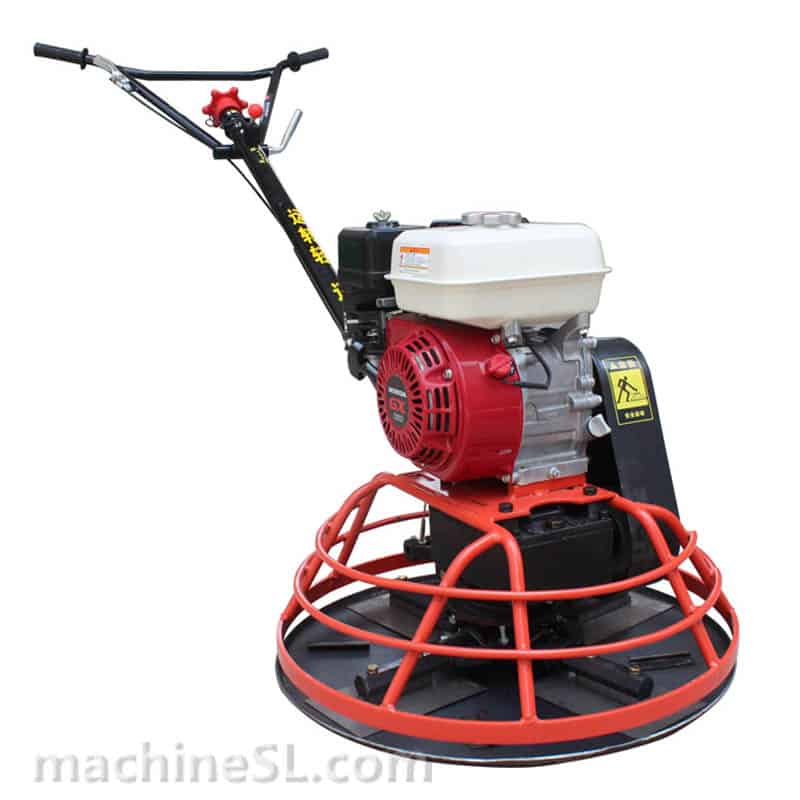
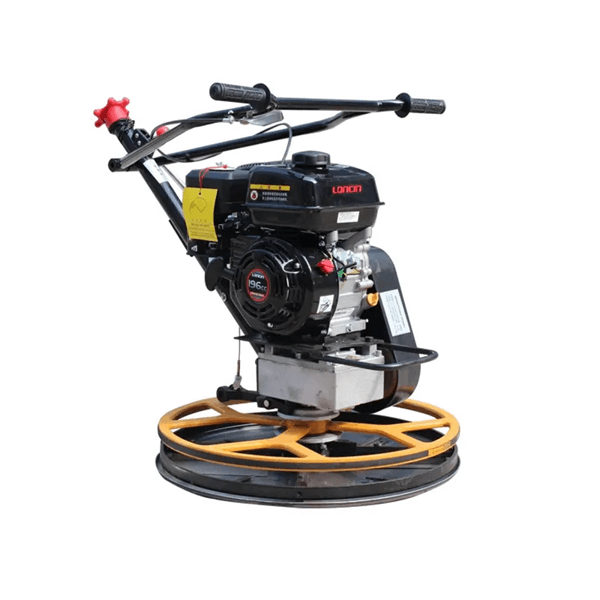
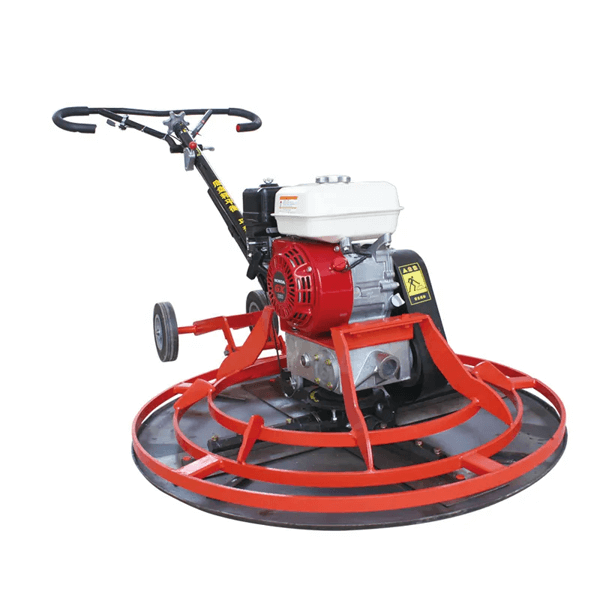
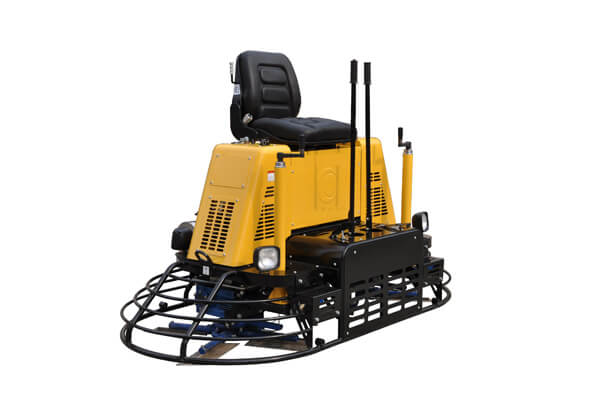

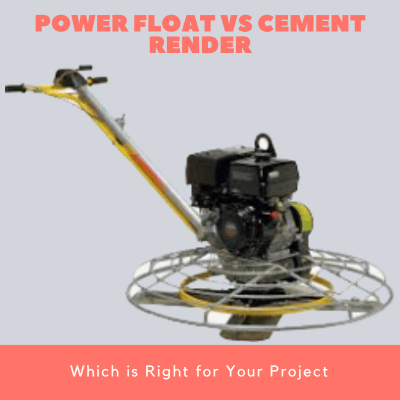


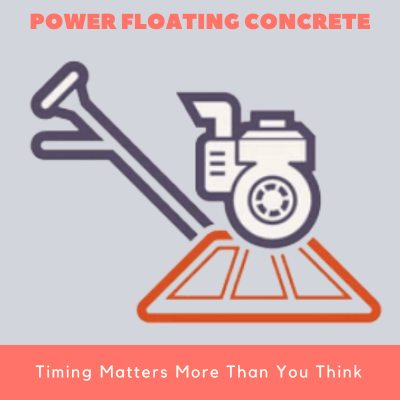
I like to get the machine for leveling concrete and also know more about treating concrete to this level of smooth finish without expecting molds.
Hi Ransom, let’s keep in touch by email
I would like to acquire the machine kindly advise
Regards.
Hi Lennon, thank you for the message, let’s keep in touch by email